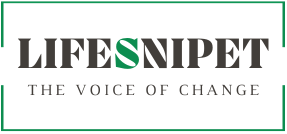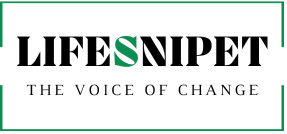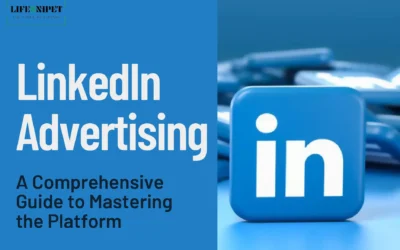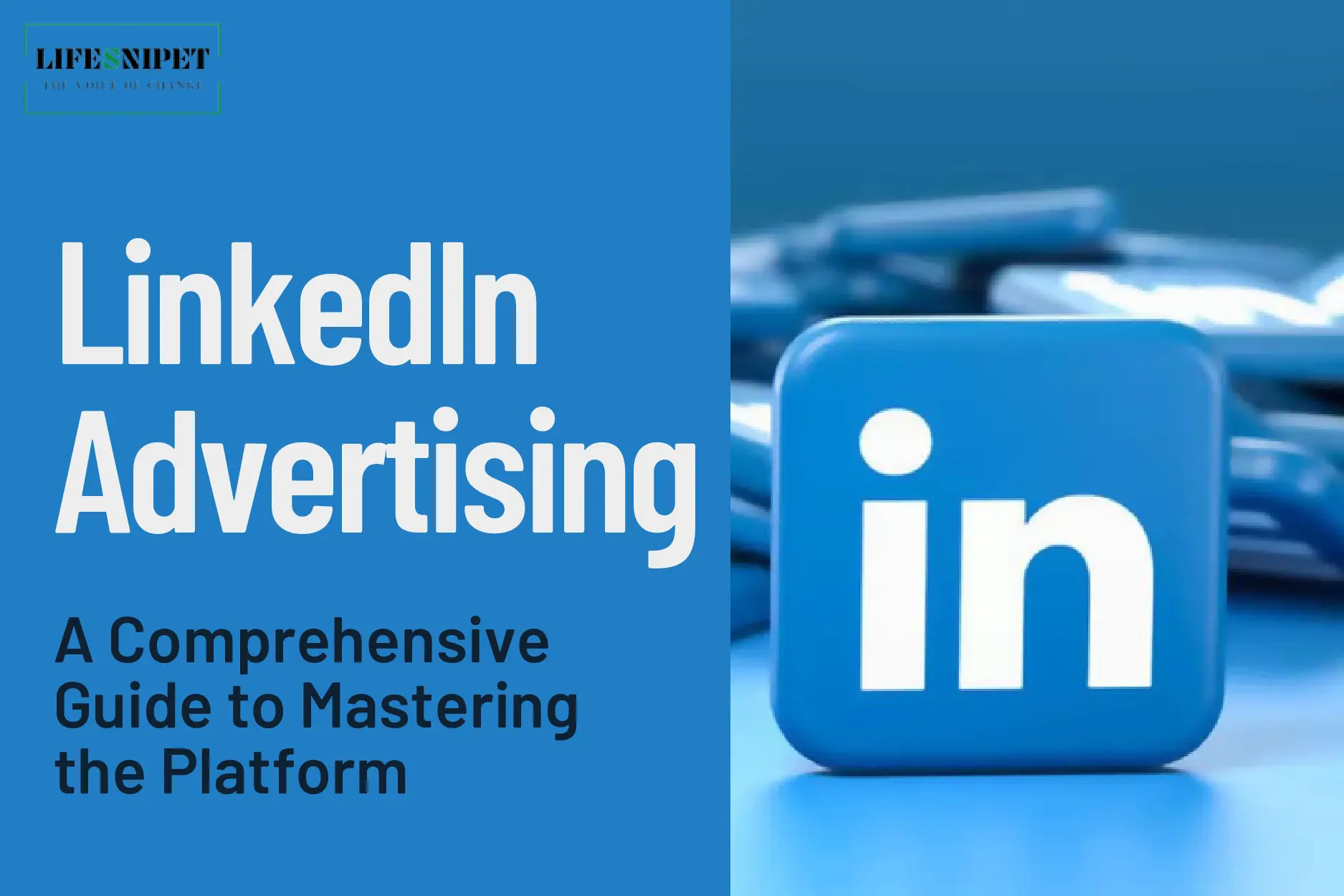In today’s digital age, email marketing has emerged as one of the most powerful and cost-effective strategies for businesses to connect with their target audience. As a business owner, I have personally witnessed the tremendous benefits that email marketing brings to the table. It allows you to reach many potential customers directly in their inbox, creating increased sales and brand awareness opportunities. In this article, I will guide you through email marketing, explaining its benefits, providing essential statistics, and sharing effective strategies that will help you boost your business.
Benefits of Email Marketing
Email marketing offers a plethora of benefits that make it an indispensable tool for businesses of all sizes. Firstly, it provides a direct and personalized means of communication with your audience. Unlike social media platforms where your message may get lost in a sea of updates, emails land directly in the inbox of your subscribers, ensuring higher visibility and engagement.
Secondly, email marketing allows you to build strong relationships with your customers. By delivering relevant and valuable content, you can establish yourself as an authority in your industry and cultivate trust. This trust ultimately translates into customer loyalty and repeat business.
Additionally, email marketing is highly cost-effective. Compared to traditional marketing methods, such as print advertising or direct mail, sending emails requires minimal investment. With the right strategies and tools, you can achieve impressive results without breaking the bank.
Email Marketing Statistics
To truly comprehend the power of email marketing, let’s take a look at some eye-opening statistics. According to recent research, email marketing has an average ROI of 3800%, meaning that for every dollar spent, businesses can expect a return of $38. Moreover, 80% of professionals believe that email marketing increases customer retention. These statistics demonstrate the effectiveness of email marketing as a tool for driving revenue and customer loyalty.
Furthermore, studies have shown that personalized emails deliver six times higher transaction rates than non-personalized ones. By segmenting your email list based on various factors such as demographics, interests, or purchase history, you can tailor your messages to resonate with the individual needs and preferences of your subscribers.
Building an Email List
To embark on a successful email marketing journey, the first step is to build a quality email list. There are numerous strategies you can employ to grow your list organically. One effective method is to create compelling lead magnets, such as free e-books, exclusive discounts, or informative newsletters, that incentivize visitors to subscribe to your email list.
Another strategy is to optimize your website for lead generation. Placing prominent opt-in forms on your homepage, blog posts, and landing pages can significantly increase the number of subscribers. Additionally, leveraging social media platforms to promote your email list and offering exclusive content to your followers can help attract new subscribers.
Remember, the key is to focus on quality rather than quantity. By attracting subscribers who are genuinely interested in your products or services, you can ensure higher engagement and conversion rates.
Creating Effective Email Campaigns
Once you have built a solid email list, it’s time to create compelling email campaigns that resonate with your subscribers. The first step is to define clear goals for your campaigns. Are you looking to promote a new product, drive traffic to your website, or nurture leads? Understanding your objectives will guide the content and structure of your emails.
Next, craft attention-grabbing subject lines that entice recipients to open your emails. Personalization is crucial here, as emails with personalized subject lines have a 26% higher chance of being opened. Make sure to keep your subject lines concise, engaging, and relevant to the content of your email.
When it comes to the body of your email, focus on delivering value to your subscribers. Whether it’s educational content, exclusive offers, or entertaining stories, ensure that your emails provide something of worth. Use clear and concise language, break up the text with headings and bullet points, and include a compelling call-to-action that drives recipients to take the desired action.
Designing Captivating Email Templates
The visual appeal of your email templates plays a significant role in capturing the attention of your subscribers. Invest time and effort in creating professional and visually appealing designs that align with your brand identity. Use eye-catching colors, high-quality images, and well-structured layouts to make your emails visually appealing.
Furthermore, ensure that your emails are mobile-friendly. With the increasing number of people accessing their emails on mobile devices, your emails must be optimized for seamless viewing and interaction across all screen sizes. Test your email templates on various devices and email clients to ensure a consistent experience for your subscribers.
Remember, a well-designed email template enhances the overall user experience and encourages recipients to engage with your content and click through to your website.
Personalization and Segmentation in Email Marketing
Personalization and segmentation are vital elements of successful email marketing. By tailoring your emails to the specific needs and preferences of your subscribers, you can significantly increase engagement and conversion rates.
Segmentation involves dividing your email list into smaller, more targeted groups based on specific criteria. This can include demographics, geographic location, purchase history, or engagement level. By sending highly relevant content to each segment, you can ensure that your emails resonate with the recipients and drive desired actions.
Personalization takes segmentation a step further by customizing your emails on an individual level. This can include addressing recipients by their name, referencing previous purchases or interactions, or recommending personalized product suggestions. Personalized emails make your subscribers feel valued and understood, fostering a stronger connection with your brand.
Email Automation and Autoresponders
Email automation is a powerful feature that allows you to streamline your email marketing efforts and deliver timely, relevant messages to your subscribers. By setting up automated workflows, you can send targeted emails triggered by specific actions or events, such as welcome emails, abandoned cart reminders, or birthday greetings.
Autoresponders are another valuable tool in your email marketing arsenal. These are pre-written emails that are sent automatically in response to specific triggers, such as sign-ups or downloads.
Autoresponders enable you to nurture leads, deliver educational content, and keep your subscribers engaged without requiring manual intervention.
By leveraging email automation and autoresponders, you can save time, increase efficiency, and deliver a personalized experience to your subscribers throughout their customer journey.
Measuring Email Marketing Success through Analytics
To determine the effectiveness of your email marketing campaigns, it is crucial to analyze and measure key metrics. Email marketing analytics provide valuable insights into the performance of your emails, allowing you to make data-driven decisions and optimize your future campaigns.
Some essential metrics to monitor include open rate, click-through rate, conversion rate, and unsubscribe rate. These metrics help you gauge the engagement level of your subscribers, the effectiveness of your subject lines and content, and the overall success of your campaigns.
Additionally, tracking revenue generated from email marketing, customer acquisition cost, and customer lifetime value can provide a comprehensive understanding of the financial impact of your email marketing efforts.
By regularly analyzing these metrics, you can identify areas for improvement, test different strategies, and optimize your email marketing campaigns for maximum results.
Email Marketing Best Practices
To ensure the success of your email marketing efforts, it is essential to follow industry best practices. Firstly, always obtain permission from subscribers before adding them to your email list. Implement double opt-in processes to confirm consent and maintain a clean, engaged subscriber base.
Secondly, focus on delivering value to your subscribers rather than bombarding them with promotional content. Provide informative and relevant content that addresses their pain points and offers solutions. This will help build trust and credibility with your audience.
Additionally, maintain a consistent sending schedule to keep your subscribers engaged without overwhelming them. Test different sending frequencies and times to identify the optimal schedule for your target audience.
Lastly, regularly clean your email list by removing inactive subscribers or those who have unsubscribed. This ensures that your metrics accurately reflect the engagement level of your active subscribers and improves the deliverability of your emails.
Email Marketing Tools and Software
Fortunately, there are numerous email marketing tools and software available that can streamline and enhance your email marketing efforts. These tools provide features such as email automation, A/B testing, analytics, and list segmentation, making it easier to create and manage successful email campaigns.
Some popular email marketing tools include Mailchimp, Constant Contact, Sendinblue, and ConvertKit. These platforms offer user-friendly interfaces, customizable templates, and robust analytics to help you effectively engage with your subscribers and achieve your marketing goals.
When choosing an email marketing tool, consider factors such as your budget, the size of your email list, and the specific features you require. Many platforms offer free or affordable plans for small businesses, making them accessible to businesses of all sizes.
Conclusion
In conclusion, email marketing is a powerful tool that can significantly boost your business by connecting you directly with your target audience. By leveraging the benefits of email marketing, building a quality email list, and implementing effective strategies, you can increase brand awareness, build strong relationships with your customers, and drive revenue growth.
Remember to personalize your emails, segment your audience, and utilize email automation to deliver targeted and timely messages. Measure the success of your campaigns through analytics and continuously optimize your strategies based on the data.
By following best practices and utilizing the vast array of email marketing tools and software available, you can unlock the true potential of email marketing and propel your business to new heights.
FAQs
Q: How often should I send emails to my subscribers?
A: The frequency of your emails depends on your specific audience and industry. It is best to maintain a consistent sending schedule that keeps your subscribers engaged without overwhelming them. Test different frequencies and monitor engagement metrics to identify the optimal sending schedule for your target audience.
Q: Is email marketing suitable for small businesses with limited budgets?
A: Absolutely! Email marketing is highly cost-effective and accessible to businesses of all sizes. Many email marketing platforms offer free or affordable plans for small businesses, making it an ideal marketing strategy even with limited budgets.
Q: Are there any legal requirements for email marketing?
A: Yes, there are legal requirements that businesses need to comply with when conducting email marketing campaigns. Most importantly, you need to obtain permission from subscribers before adding them to your email list. Implementing a double opt-in process is a recommended practice to confirm consent and maintain a clean, engaged subscriber base.
Q: How can I measure the success of my email marketing campaigns?
A: Email marketing analytics provide valuable insights into the performance of your campaigns. Key metrics to monitor include open rate, click-through rate, conversion rate, and unsubscribe rate. Additionally, tracking revenue generated from email marketing, customer acquisition cost, and customer lifetime value can provide a comprehensive understanding of the financial impact of your email marketing efforts. Regularly analyze these metrics to identify areas for improvement and optimize your future campaigns.

Welcome to LifeSnipet! At LifeSnipet, we’re your ultimate source for the latest health updates. Specializing in health and fitness-related diseases, we delve deep into Ayurvedic techniques, providing you with a comprehensive understanding of well-being. Explore our real-time updates, detailed articles, and ancient Ayurvedic wisdom for a holistic approach to health. Embark on a journey to a healthier, vibrant life with LifeSnipet – where your well-being is our priority!











